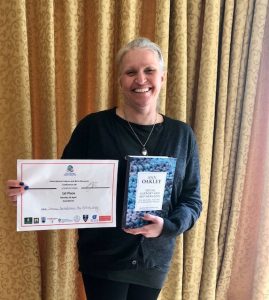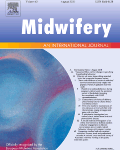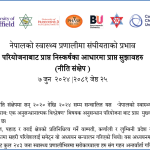 This has been a busy few months for the International Early Labour Research Group (IELRG), which comprises members from across the globe. We had the opportunity to get together at the International Labour and Birth Research Conference in Grange over Sands this month, where early labour was a strong theme.
This has been a busy few months for the International Early Labour Research Group (IELRG), which comprises members from across the globe. We had the opportunity to get together at the International Labour and Birth Research Conference in Grange over Sands this month, where early labour was a strong theme.
The IELRG held a workshop looking at how latent phase labour is defined. This was followed by a symposium on early labour with presentations from the USA and Europe.
The Centre for Midwifery, Maternal & Perinatal Health at Bournemouth University was well represented. In addition to participating in the workshops, the team had a couple of posters.

Vanessa Bartholomew, clinical academic doctoral midwife, presented her doctoral work on pain catastrophisation. Congratulations to Vanessa for winning both the daily and overall prize for Best Scientific Poster!
Vanora Hundley, Professor of Midwifery, presented a study looking at how perceptions of pain established prior to pregnancy can influence decisions about labour and birth.
The International Early Labour Research Group with be launching a special issue of Women and Birth later this year.
Related BU papers:
Bartholomew V, Clark C, Hundley V, Parris B (2023) Changing the Way We Think About Pain. MIDIRS Midwifery Digest 33(1): 30-38
Clark C, Bartholomew V, Mylod D, Hundley V (2023) The importance of pain histories for latent phase labour. MIDIRS Midwifery Digest 33(1): in press
 Midwifery paper co-produced with BU students
Midwifery paper co-produced with BU students










 Fourth INRC Symposium: From Clinical Applications to Neuro-Inspired Computation
Fourth INRC Symposium: From Clinical Applications to Neuro-Inspired Computation Writing policy briefs
Writing policy briefs Upholding Excellence: The Concordat to Support Research Integrity
Upholding Excellence: The Concordat to Support Research Integrity Today’s Documentation Will Serve Tomorrow’s Justice
Today’s Documentation Will Serve Tomorrow’s Justice ECR Funding Open Call: Research Culture & Community Grant – Application Deadline Friday 12 December
ECR Funding Open Call: Research Culture & Community Grant – Application Deadline Friday 12 December MSCA Postdoctoral Fellowships 2025 Call
MSCA Postdoctoral Fellowships 2025 Call ERC Advanced Grant 2025 Webinar
ERC Advanced Grant 2025 Webinar Horizon Europe Work Programme 2025 Published
Horizon Europe Work Programme 2025 Published Horizon Europe 2025 Work Programme pre-Published
Horizon Europe 2025 Work Programme pre-Published Update on UKRO services
Update on UKRO services European research project exploring use of ‘virtual twins’ to better manage metabolic associated fatty liver disease
European research project exploring use of ‘virtual twins’ to better manage metabolic associated fatty liver disease